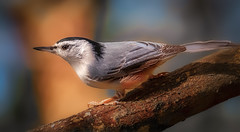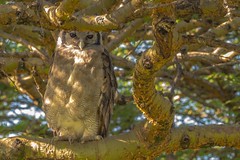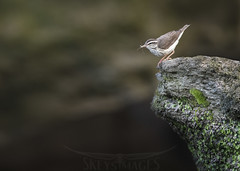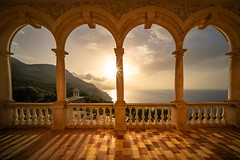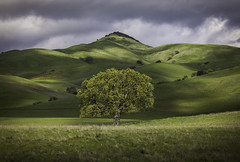First impressions go a long way, or so they say. (I don’t know who they are, for all that they tend to say a lot of things I use to introduce blog posts.) While I’d spent some time in the United Kingdom prior to beginning the Armagh Project, I knew immediately that I’d crossed more than the Irish Sea while traveling here. I’d entered a different culture, with different people who had different ways of speaking and thinking and acting. While this idea has been reinforced every day since we arrived, it was made perfectly clear by the first Northern Irish person I met: Colm, our bus driver from the Dublin Airport to Armagh.
I didn’t even know his name, at first. Like many Northern Irish, his initial setting seemed to be taciturn. He helped us load our bags into the back of our bus with a smile (odd, because I’d heard that only Americans smiled at strangers, but maybe he was trying to make us feel at home), and then he got into the driver’s side and we headed off on the A1 to Armagh.
Of course, the first shock was that the driver’s side was the right side of the car, but I digress.
For the first portion of the trip, Colm kept his eyes on the road while we students chatted and made one another’s acquaintance. As the more jet-lagged among us drifted off to sleep, however, he opened up a little more, telling us stories about the landscape we were driving through.
At the time, everything he said made me smile by the sheer presence of his accent. I’m learning to come to terms with the fact that Irish and Northern Irish folks will say “wee” and “aye” in conversation: they’re not deliberately trying to be adorable. Still, Colm seemed to be the most charming individual I could have conjured up to drive us across the country: when Joan commented that she was notorious for getting lost on the way to Armagh and coming in by different roads, Colm grinned and commented, “The fox always has more than one way to get into its hole.” People in America, I thought, didn’t talk like that.
But there were more things about Colm that were different from the American conversational style.
Most bus drivers would point out interesting wildlife, maybe the crumbling castle or the remnants of an old Roman aqueduct that we drove past, Colm gestured at none of these things. Maybe they were second nature to him now, having lived on the island all of his life. Would there ever be a point when I could walk past the ruins of a fourteen-hundred-year-old castle without blinking an eye? Coming from a country where “historical” means “more than twenty-five years old,” it seemed unfathomable to me that driving under the ruins of the Roman Empire would be commonplace to anyone.
What he did talk about was just as interesting as what he omitted. Driving through the hills of Northern Ireland, Colm described how bandits would hide in the rolling hills during the Troubles, ready to launch attacks. Police helicopters would circle the area looking for men on the run. He was, in effect, giving us our first introduction into the former war zone that is Northern Ireland.
Colm was also my introduction to self-censorship: in my previous travels, I had never visited a place where a slip of the tongue around current events could instantly write me off as the enemy.
As we drove up the A1, I saw my first glimpse of the British flag flying above the rolling hills and green shrubbery of Northern Ireland. “That looks so strange here,” I remarked, not thinking. I had just come from London, and the hypermodern urban setting had become linked in my head with the Union Jack. This looked like a different country, and I expected the flag to reflect that.
“You’re damn right it does,” Colm muttered.
Ah. The age-old bitterness of the Irish Republicans against their part in the British Empire. I’d forgotten about that.
Fortunately, my tongue had slipped on the correct side. Still, I would be careful not to make that particular mistake again.
At the time, I had just finished a seven-hour travel extravaganza involving a train, the metro, another metro, another train, an airplane, and finally a bus. I was tired, I was overwhelmed, and I was stunned by the rolling hills and enormous cows of Northern Ireland, none of which I had ever seen before. I thought that this was my introduction to the Irish landscape. What I didn’t realize was that Colm was giving me an introduction to another part of Northern Irish culture: the strange balance between the everyday and the unimaginable. He could talk about helicopters hunting down his countrymen, and then laugh and make a joke about our inability to maintain a sense of direction.
This two-sidedness is the most dominant trait I have observed in the Northern Irish. As Sean O’Casey writes in his play Shadow of a Gunman, the Irish “make a joke out of a serious thing and a serious thing out of a joke.” Nothing is too taboo to mention, but nothing is too banal to laugh at. It’s the only way to survive in a country separated by sectarian violence for so long: everything becomes fair game for a joke.
If you can’t laugh around the truth, you can’t live through it.

